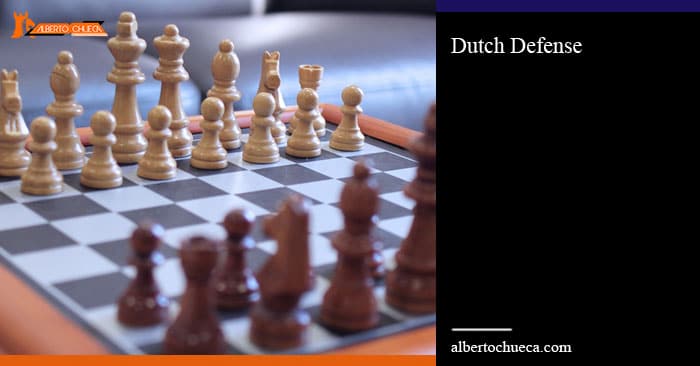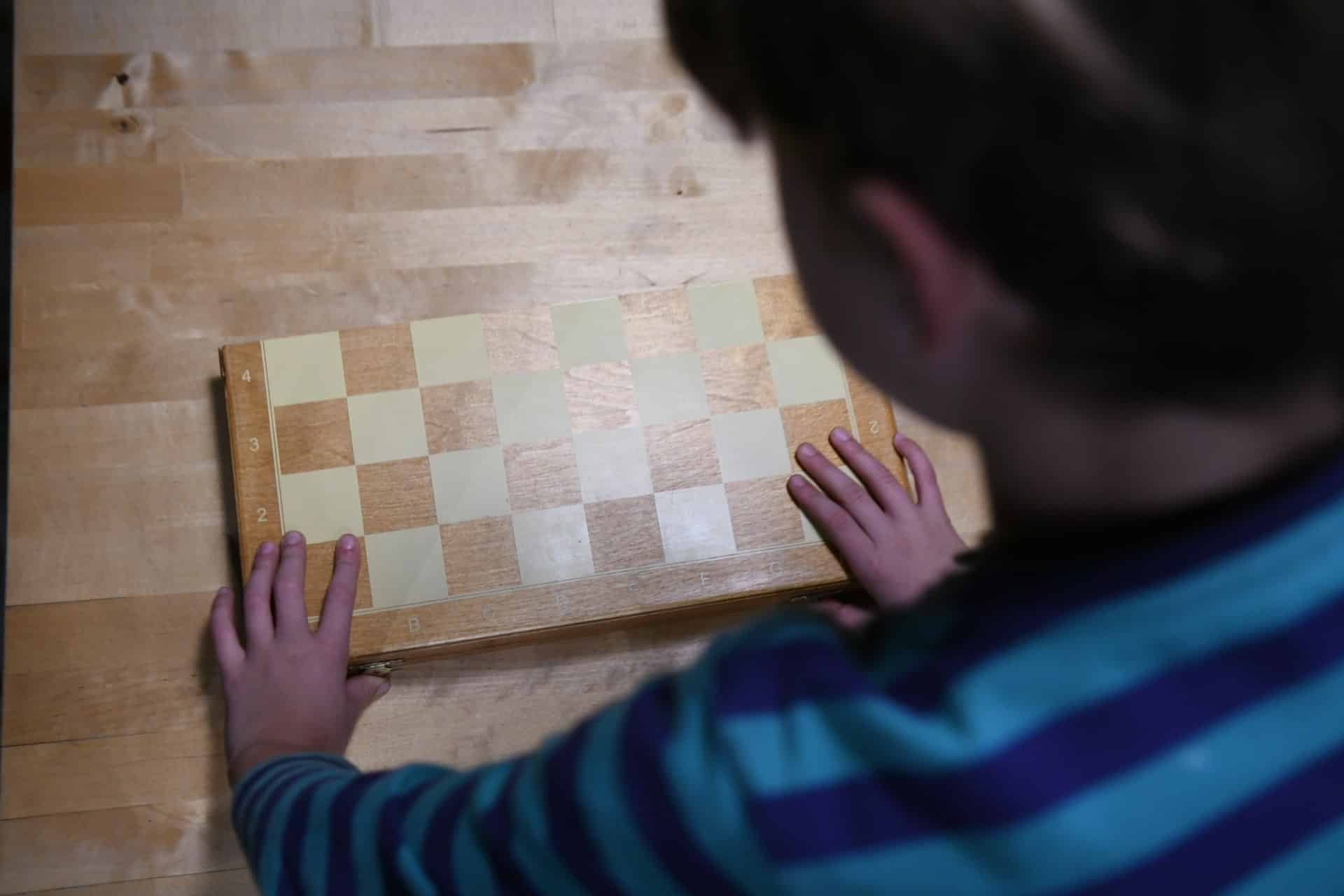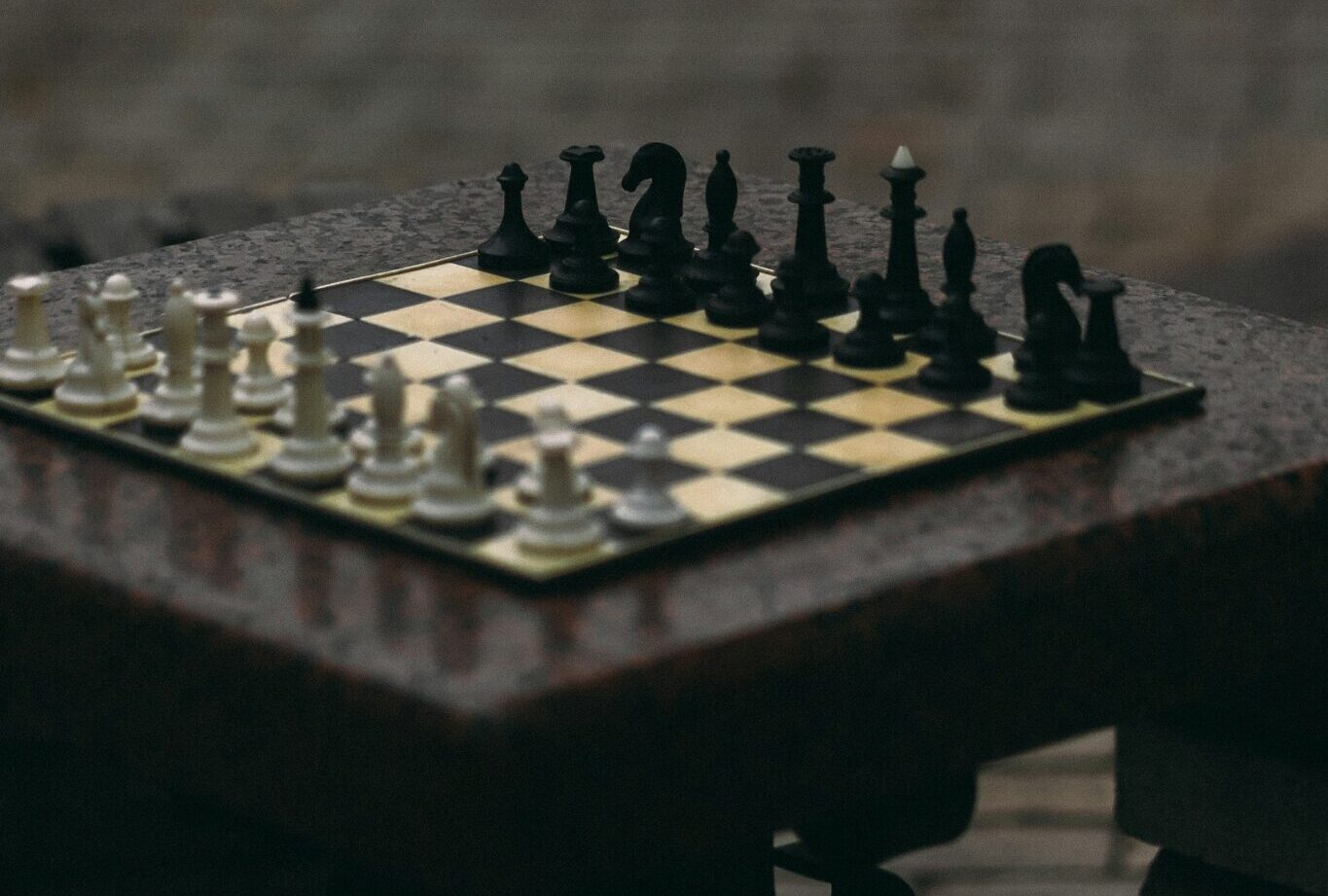Table of Contents
Dutch Defense
Hi, everyone. If you are looking for a new and strong defense against Queen’s Pawn, then you are on the right site. In this post, we are going to study Dutch Defense, an interesting and sometimes dynamic variation.
1.d4 f5
The idea with this move (1. … f5) is to control the center with a pawn. The drawback, compared to other first moves for Black like 1. … Nf6 or 1. … d5 is that it is not developing any piece. However, Black is taking some really interesting space in the Kingside, which could be important in some positions in the middlegame.
Something I really like about Dutch Defense is that it is a line we can play in the first move. For example, if we want to play Slav, we need White to play Queen’s Gambit with 2.c4 replying to our 1. … d5, and only then, we are playing Slav with 2. … c6. But we also need to prepare against other systems without 2.c4, like London or Cole, where maybe c6 is not that great move and the positions we are getting on the board could be very different.
In Dutch, it is not like that, if your opponent plays 1.d4, then you play 1. … f5, and that’s it, you are using your favorite Dutch Defense, and no one can change that.
Also, something great about this line is the asymmetry we have on the board, so in general, the games are more entertaining. Probably this is a good choice when you want to play for a win, and also when you are a dynamic player liking sharp positions.
When Black plays Dutch Defense, they can choose between two main and a little different systems:
Stonewall: The center is more blocked, and the game could be a little slower. There are more outposts and maneuvers trying to improve the position of some pieces.
Leningrad: The center of the board will be a little more open and this time, Bishops should be better than Knights.
That is another good thing with Dutch Defense, you can play in two different modes (more positional or more dynamic), depending on your style or the context of the game in a tournament. We will look at both of them in this post.
Some theory and ideas in Dutch Defense
In the second move, White can play some different options. Here we focus on the mainline, which is the first we need to understand when playing any new opening variation. We need a book to deeply study all the lines White can use against Dutch. But with the general ideas we analyze in this post, it is going to be enough for beginners and club players to be ready to use it in their games.
Stonewall
1.d4 f5 2.g3 Nf6 3.Bg2 e6 4.c4 c6 5.Nf3 d5 6.0-0 Bd6
This is the idea. Black is putting pawns on c6, d5, e6, and f5, like building a big wall with stones. Then, they are getting a solid and connected pawn structure in the center. The drawback in this variation of Dutch Defense: an important weakness on e5 (notice f and d pawns are already advanced, so, they will not be able to control that square).
Leningrad
1.d4 f5 2.g3 Nf6 3.Bg2 g6 4.Nf3 Bg7 5.0-0 0-0 6.c4 d6 7.Nc3 Nc6
The idea here is different. Black is just developing pieces, avoiding any weakness in the structure, and thinking about typical breaks over e5 or c5.
Typical Pawn Structures in Dutch Defense
Stonewall
White: a2 b2 c4 d4 e2 f2 g3 h2
Black: a7 b7 c6 d5 e6 f5 g7 h7
This structure has a big hole on e5. Black needs to be aware of this, and try to control this square with a Knight. Very often, a trade on e5 works fine for Black, because then there will not be an outpost for White anymore on this square.
Also, the Black’s light squares Bishop is going to suffer a little to get a nice diagonal (look at Black pawns in the center, they are fixed in light squares), although there is a way to improve it. The good side of this structure for the second player: Black is getting very good control of the center and particularly of the square e4.
Leningrad
White: a2 b2 c4 d4 e2 f2 g3 h2
Black: a7 b7 c7 d6 e7 f5 g6 h7
This pawn structure is much more flexible. White has a small space advantage in the center, but this time Black does not have big weaknesses and they can continue fighting for the center in the middlegame.
Typical Plans in Dutch Defense
Stonewall
As we said, one of the main problems for Black will be the light squares Bishop, which is not good. That is the reason why a very common plan is to improve this piece with the maneuver Bd7-e8-h5. In this diagonal h5-d1, the Bishop is usually very annoying. This Bishop can end up being one of the best black pieces in these positions.
Also, if White does not play accurately, there could be attack possibilities in the Kingside, notice the Rook can lift via f6, and also the Queen can go there very easily.
Leningrad
The plan for Black in the middlegame is to break over e5 or c5, which is why the d pawn goes to d6 this time.
Typical squares for black pieces in Dutch Defense
Stonewall
King: Always Kingside
Queen: It can go to h4 in some lines to start some attack. Also, e8 is a possibility and b6 in some other lines.
Rooks: Kingside Rook can go to f6-h6 if Black plans an attack.
Bishops: Light squares Bishop is bad, so, the plan Bd7-e8-h5 is very often necessary. The other Bishop is better, but White can trade it almost always.
Knights: Important pieces in this structure. They need to control the important squares e4 and e5
Leningrad
King: Always Kingside
Queen: Very often it goes to e8 to support the break on e5 and also to prepare Qg6 or h5.
Rooks: “f” and “e” or “d” and “e” files are usually very well.
Bishops: The dark squares Bishop is a very important piece in the great diagonal. The other is usually developed to d7.
Knights: The Knight on f6 controls e4 and avoids that break from White. The other one supports our break on e5. Sometimes this Queenside Knight can go to a5 to clear the line and play c5.






